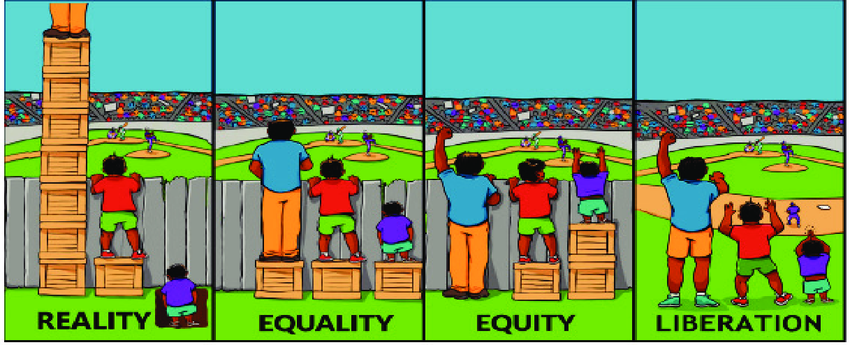
What would it take to establish a seamless set of “cradle to career” supports for the children and young people in the City of Launceston?
paul mallett strongly advocates for the development of a 20 year+ initiative to support every vulnerable child and young person in Launceston to succeed. paul believes we can create a better way to introduce children to the world of learning. And together we can deliver a fairer, more just and equitable way to welcome young people to our world.
The “Launceston Promise” initiative, jointly supported by a long term State/Commonwealth/Council funding “deal”, would seek to ensure all children growing up in The City of Launceston are well prepare to succeed at school and successfully transition to a career. We would “Promise” that every vulnerable child would have access to:
- well resourced learning centers and schools
- strong family and cultural support systems
- accessible and effective social, human and health services
- a passionate community that backs every single child to succeed.
Inspired by the success of “collective impact” programs like Harlem Children’s Zone and Wrap Around Milwaukie, paul believes the “Launceston Promise” initiative could break the cycle of poverty for large numbers of vulnerable families in Launceston in one generation. Additionally, evidence from the before mentioned programs suggests that targeted activities can:
- increase academic gains – particularly in literacy and numeracy
- increase 21st century capabilities – critical thinking, creativity and problem solving, communication, team work, leadership, adaptability and resilience
- increase completion rates – supporting young people to graduate year 12 or equivalent vocational training
- increase participation in further education and training – supporting young people to progress toward and complete tertiary study or apprenticeships
- improve health – reducing obesity and poor mental health
- transform neighborhoods – reducing rates of crime, increasing inclusion, and bolstering community engagement across generations
The goal would be to establish a seamless system of supports for children and young people at every life stage – from cradle to career. It would require a level of data (see Post on Every Child Succeeds and Rumbles Quest), coordination and funding mechanism similar to the “City Deal” that supported large scale infrastructure development in Launceston over the last decade (recall the redo of Civic Square, the relocation of University of Tasmania to Invermay, and the Mowbray recreational precinct currently under construction).
If “Deals” between the Commonwealth and local government can occur at scale for infastructure, why can’t a “deal’ be brokered between State, Commonwealth and Council for the most vulnerable people in our community? Currently, $130 million is earmarked for the redevelopment of York Park. Made up of separate $65 million commitments from State and Commonwealth governments, this additional infrastructure spend has broad community appeal to upgrade an existing facility.
Given this, paul advocates for the same enthusiasm and collaborative effort to be dedicated to the development, funding, and long term delivery of evidence informed initiatives to increase social mobility through education and career success for the most vulnerable children and young people in Launceston.
Fundamental to the “Launceston Promise” initiative would be the following aims:
- Ensure children are healthy, safe, and academically successful – aligned to the Healthy Tasmania plan, and the Child and Youth Wellbeing Strategy
- Support families so they can raise children effectively.
- Rebuild the community so it provides the necessary infrastructure for sustained success.
- End intergenerational poverty in Launceston.
- Transform the Launceston community so that success for every child and young person is the norm.
The key components of the initiative would be co-designed by the community, with government and the community sector, based on evidence. It is likely to include elements of the following:
- Additional investment in programs at Child and Family Learning Centers (CFLCs) — parenting support for expectant parents and those with children 0–5 or even 0-8 years old.
- Pre-Kinder programs — high-quality early childhood education and care across the initiative footprint.
- Innovation in schools — extended school days and strong academic supports (see Post on “Citizen Science” focused learning).
- After-school tutoring and enrichment
- Health clinics and prevention programs
- Recreational programs
- Mentoring and Learning support services
- Housing and food assistance and community-building initiatives
Paul will advocate strongly for a 10 year+ 10 year commitment to this life changing investment because it:
- Breaks intergenerational poverty — Tackles root causes, not just symptoms.
- Wraparound approach works — Combines education, health, housing, and family supports so kids have the full environment they need to thrive.
- Improves school outcomes — Lifts academic achievement, graduation rates, and participation in further education and training.
- Strengthens families — Empowers parents with skills and resources.
- Promotes health equity — Supports better nutrition, mental health, and physical wellbeing.
- Builds safer communities — Connected, engaged communities can reduce crime and violence.
- Cost-effective long-term — Reduces reliance on costly social services by preventing problems early (See post on The Heckman Equation).
- Boosts economic mobility — Helps young people access higher education and better jobs.
- Reduces inequities — Focuses on the most vulnerable children and families.
- Models high expectations and achievement — Creates a culture where success is the norm.
- Stimulates local economic development — Attracts investment and revitalises neighbourhoods.
- Scales well — Can be adapted to suit different cities and could be rolled out across Tasmania.
- Builds partnerships — Engages schools, charities, businesses, and governments in collective impact.
- Empowers local leadership — Community members help drive change.
- Provides data for smart decisions — Programs are rigorously tracked and evaluated to guide improvements (See post on Every Child Succeeds).
Funding this initiative would involve all tiers of government aligning their thinking to upstream investment in children and youth. Reports such as The Front Project’s, “The Cost of Late Intervention”, suggests more than $15billion annually (2018-19 data) is the economic cost to Australia of not stepping in early to support children and young people experiencing difficulties.





